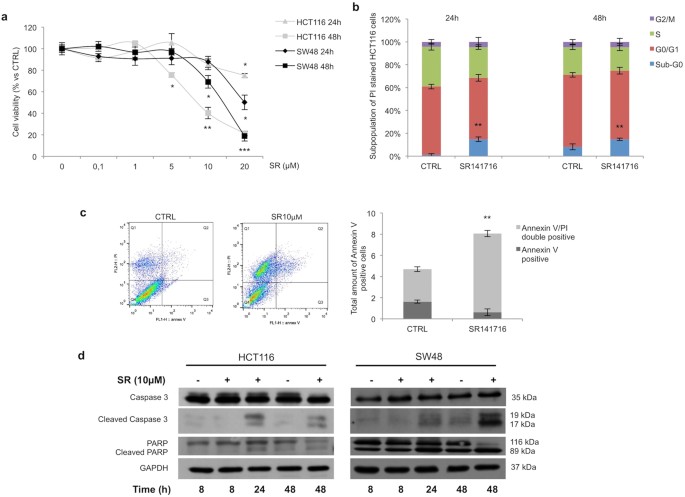- Select a language for the TTS:
- UK English Female
- UK English Male
- US English Female
- US English Male
- Australian Female
- Australian Male
- Language selected: (auto detect) - EN
Play all audios:
ABSTRACT 1202 _Poster Session II, Sunday, 5/2 (poster 59)_ Many issues regarding hypothermia and its systemic effects when used as neuroprotective therapy remain unclear. In this study we
tested brain and systemic temperature dynamics during total body cooling (TBC n=4) and selective head cooling (SHC n=4) in newborn piglets. METHODS: Under anesthesia, a burr-hole was made
and a 22 gauge, 2.5 cm needle probe with five built-in temperature sensors was inserted into the parietal lobe with the tip near the thalamus. A dual-sensor probe was inserted into the
kidney with the tip-sensor at the medulla and the proximal sensor in the cortex. Sensors were placed in the rectum, blood, oro-pharynx, and in the wall of the ileum. Temperature data were
continuously recorded at 45-second intervals using a computerized device during 4 experimental periods: baseline (30 min); bilateral carotid occlusion with ∼10% oxygen breathing (HI 20 min),
60 min cooling using ice-cold blankets; and 60 min re-warming. RESULTS: Time-averaged mean (SD) temperatures (in C) in TBC & SHC groups are shown. (Table) A 2-4° C temperature gradient
remained between the deeper and superficial regions in both the kidney and brain during all periods in both groups (data not shown). 2) With TBC, the brain, and all the organs studied cooled
far more (and were slower to re-warm) than with SHC; 3) With TBC, the ileum cooled the most-it was cooler than blood and brain; with SHC the ileum remained warmer than the blood.
CONCLUSIONS: 1)Temperature changes in the brain and other organs may depend upon local blood flow, metabolic rates and their responses to hypothermia; 2) The methods of cooling and
re-warming influence organ temperature dynamics. 3) Like the brain during selective head-cooling, surface cooling cools organs directly underneath. 4) The functional significance of these
temperature changes need to be studied. Authors * Manhal Khilfeh View author publications You can also search for this author inPubMed Google Scholar * Tonse Raju View author publications
You can also search for this author inPubMed Google Scholar * Eunice John View author publications You can also search for this author inPubMed Google Scholar * Shankar Navale View author
publications You can also search for this author inPubMed Google Scholar * Linda Fornell View author publications You can also search for this author inPubMed Google Scholar RIGHTS AND
PERMISSIONS Reprints and permissions ABOUT THIS ARTICLE CITE THIS ARTICLE Khilfeh, M., Raju, T., John, E. _et al._ Total Body Cooling Versus Selective Head Cooling: Brain and Systemic Organ
Temperature Dynamics during Hypotherma and Re-Warming in Piglets. _Pediatr Res_ 45, 205 (1999). https://doi.org/10.1203/00006450-199904020-01219 Download citation * Issue Date: 01 April 1999
* DOI: https://doi.org/10.1203/00006450-199904020-01219 SHARE THIS ARTICLE Anyone you share the following link with will be able to read this content: Get shareable link Sorry, a shareable
link is not currently available for this article. Copy to clipboard Provided by the Springer Nature SharedIt content-sharing initiative








